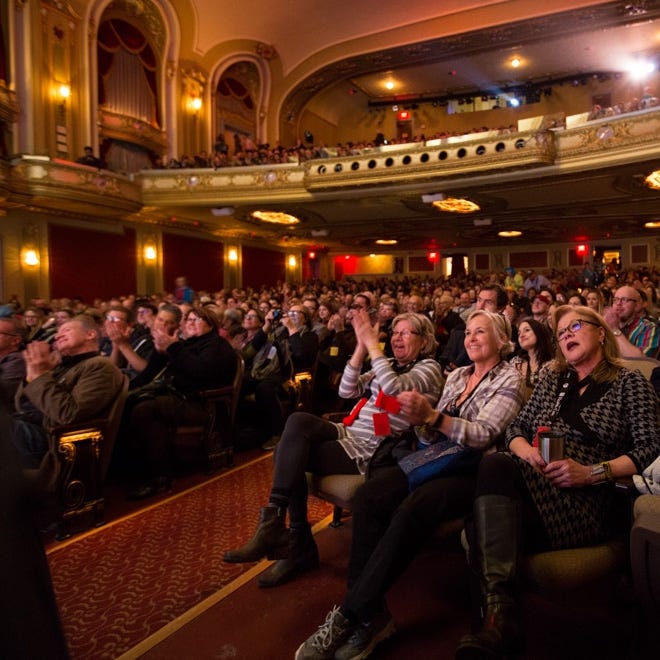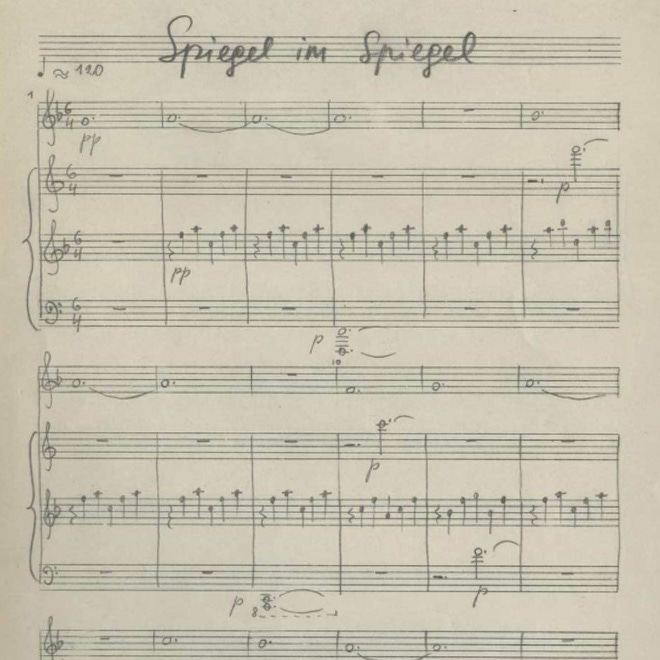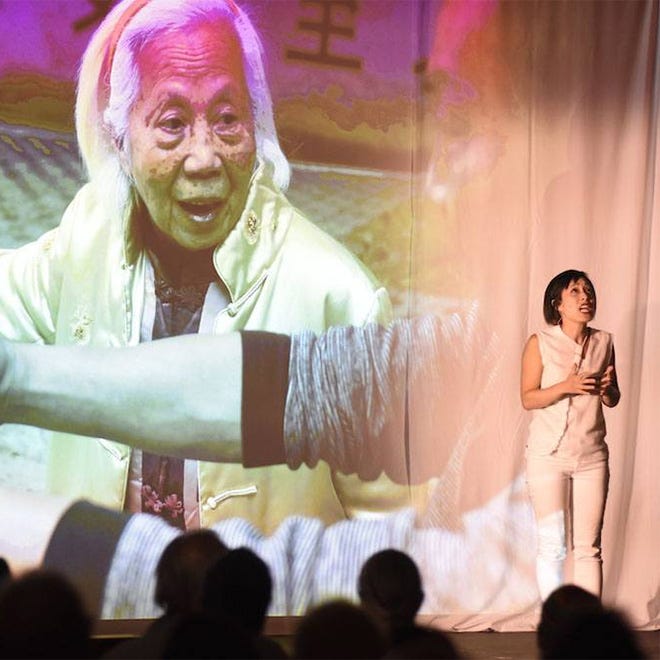David Hammons’ “In the Hood” (1993) provided the cover art for Claudia Rankine’s 2014 book: “Citizen: An American Lyric.”
The arts can (but do not have to) provide a neutral third space. In doing so, the arts can lead to other insights where ideologies cannot.
This is why the arts can be so powerful for you.
Some of the best visual art, theatre, music, and writing lives in paradox: it’s both neutral and provocative, both open-ended and directive, both gentle and disruptive.
This neutrality isn’t emptiness. It’s an invitation into complexity.
That’s not a contradiction. It’s a creative tension. And within that tension lies the possibility of transformation.
The “Neutral Third Space”
When I say the arts provides a “neutral space,” I don’t mean a space that is void of values. I mean it is:
Not directly owned by either side of a conflict.
Emotionally safer than political debate.
Open to multiple interpretations.
A place where you can bring your full self without immediately being “right” or “wrong.”
This third space doesn’t tell us what to think. It makes space for what we didn’t know we already felt.
True/False Film Fest
At True/False Film Fest in Columbia, MO, documentary screenings are followed by curated conversations that invite reflection, not debate.
Instead of posturing or rebutting, audiences explore how the films made them feel, what surprised them, or how their perspectives shifted.
The event design values communal witnessing over intellectual sparring, establishing a “held space” for vulnerability. The neutrality here isn’t ideological silence—it’s spaciousness.
Leading to Insights: Not Through Argument, But Through Resonance
The arts lead to insights in a non-linear way:
They bypass the defensive mind and speak to the feeling body.
They can carry multiple truths at once.
They allow you to see yourself from the outside or another person from the inside.
“Spiegel im Spiegel”
With just a piano and violin in minimalist dialogue, Arvo Pärt’s “Spiegel im Spiegel” (1978) invites listeners to slow down and feel.
The piece holds silence as part of its structure, and many describe it as evoking tears or clarity…without knowing exactly why. This is insight through resonance, not instruction.
Listen to the world premiere 1978 performance with renowned Russian violinist Vladimir Spivakov.
Image: © Universal Edition AG, Vienna
The Power of Holding Opposites
This is where the arts achieve what ideology cannot.
So, yes, the arts can feel contradictory because they refuse having only two choices. And that’s where we find the transformational power of the arts.
When people are stuck in belligerent group identity, they are often stuck in either/or thinking.
The arts say: you can be both and still belong.
Theater of Witness
Theatre of Witness in Philadelphia stages real stories from all sides of conflict—victims, perpetrators, soldiers, civilians. The goal isn’t reconciliation or agreement, but witnessing.
“Tangles in Time” was a Theatre of Witness performance created and performed by people living with dementia, care partners, and health professionals.
This gentle collision of perspectives softened identities and made space for common ground beyond differences. It is art as sacred contradiction.
Final Thought
The arts are contradictory. That’s their job. They give us:
Sanctuary and disruption
Belonging and disorientation
Reflection and reframing
And in a time when identities are weaponized, the arts are one of the few places we can still ask, together: “What else might be true here?” “Who else could I be?” “How else could we belong?”
For some, this freedom is frightening. But fear is a liar.
That’s why it is important that the arts tell the truth … even when there are truths.
Randall White
Abbetuck










